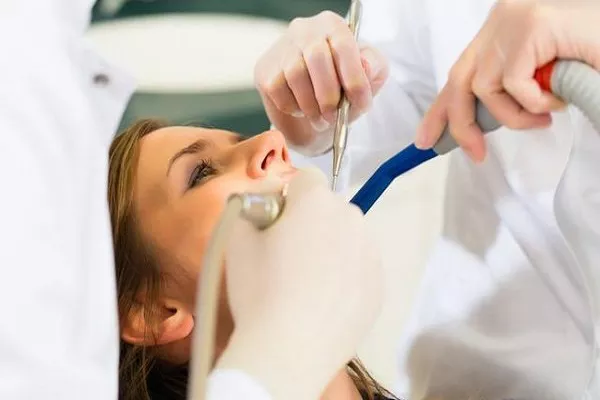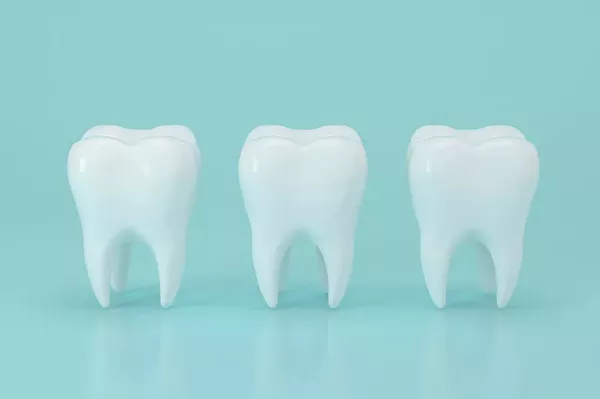Fillings on front teeth, also known as anterior teeth, play a crucial role in restoring the aesthetics and functionality of the smile. Whether due to decay, trauma, or cosmetic concerns, these fillings are subject to daily wear and tear, prompting many individuals to wonder about their longevity. Understanding the factors that influence the lifespan of fillings on front teeth can help individuals make informed decisions about their dental care and maintenance.
Factors Affecting the Longevity of Fillings on Front Teeth:
Type of Filling Material: The material used for fillings on front teeth can impact their durability and lifespan. Common options include composite resin, porcelain, and glass ionomer. Composite resin fillings, in particular, are frequently used for front teeth due to their ability to blend with natural tooth color. However, porcelain fillings may offer superior longevity and resistance to staining.
Size and Location of the Filling: The size and location of the filling on the front teeth can influence its longevity. Smaller fillings may be more durable than larger ones, as they involve less tooth structure and are subject to less stress during chewing and speaking. Fillings located on the biting surface or edges of the front teeth may also be more prone to wear and chipping.
Oral Hygiene Habits: Good oral hygiene practices are essential for maintaining the integrity of fillings on front teeth. Regular brushing, flossing, and dental check-ups help prevent decay and gum disease, which can compromise the longevity of fillings. Neglecting oral hygiene can lead to plaque buildup, cavities, and eventual failure of the filling.
Chewing and Grinding Habits: Individuals who habitually grind or clench their teeth, a condition known as bruxism, may experience accelerated wear and damage to fillings on front teeth. The excessive force exerted during grinding can cause fillings to crack, chip, or become dislodged over time. Wearing a custom-made nightguard can help protect fillings and prevent further damage.
Quality of Dental Work: The skill and expertise of the dentist performing the filling procedure play a significant role in its longevity. Proper preparation of the tooth, precise placement of the filling material, and meticulous shaping and polishing all contribute to the stability and durability of fillings on front teeth. Choosing a reputable dentist with experience in cosmetic and restorative dentistry is crucial for achieving optimal results.
Common Signs of Filling Failure on Front Teeth:
Sensitivity: Increased sensitivity to hot, cold, or sweet stimuli may indicate that a filling on a front tooth is failing. This sensitivity occurs when the filling no longer adequately seals the tooth, allowing temperature and pressure changes to irritate the underlying nerve.
Discoloration: Discoloration of the filling material or surrounding tooth structure may suggest decay or deterioration of the filling. Porcelain and composite resin fillings are particularly susceptible to staining from food, beverages, and tobacco use, which can compromise their aesthetic appearance over time.
Pain or Discomfort: Persistent pain or discomfort in the area of the filling, especially when biting or chewing, is a common indication of filling failure. This discomfort may be caused by an uneven bite, decay beneath the filling, or damage to the tooth structure.
Visible Damage: Cracks, chips, or rough edges on the surface of the filling or surrounding tooth enamel indicate structural weakness and potential failure. These defects can provide entry points for bacteria, leading to further decay and deterioration of the filling.
Looseness or Movement: A filling that feels loose or moves slightly when touched with the tongue or fingers is likely failing and may need to be replaced. Loose fillings can allow bacteria to penetrate the tooth, leading to infection and additional dental problems if left untreated.
Preventive Measures to Prolong the Lifespan of Fillings on Front Teeth:
Practice Good Oral Hygiene: Brushing twice daily with fluoride toothpaste, flossing daily, and using an antiseptic mouthwash can help prevent decay and gum disease, preserving the integrity of fillings on front teeth.
Avoid Chewing Hard Objects: Refrain from using front teeth to bite or chew hard objects such as ice, pens, or fingernails, as this can chip or damage fillings and natural tooth structure.
Wear a Mouthguard: Individuals who grind their teeth at night should wear a custom-fitted mouthguard to protect fillings and prevent further damage caused by bruxism.
Limit Staining Foods and Beverages: Minimize consumption of foods and beverages that can stain dental fillings, such as coffee, tea, red wine, and dark-colored fruits and sauces.
Regular Dental Check-ups: Schedule routine dental examinations and cleanings every six months to monitor the condition of fillings on front teeth and address any issues before they worsen.
Conclusion:
In conclusion, the longevity of fillings on front teeth depends on various factors, including the type of filling material used, the size and location of the filling, oral hygiene habits, chewing and grinding habits, and the quality of dental work. While fillings on front teeth are designed to be durable and long-lasting, they may eventually require replacement due to wear, decay, or damage. Practicing good oral hygiene, avoiding habits that can damage fillings, wearing a mouthguard if necessary, and scheduling regular dental check-ups are essential preventive measures for prolonging the lifespan of fillings on front teeth. By taking proactive steps to care for their dental fillings, individuals can maintain a healthy and beautiful smile for years to come.
Can An Old Filling Cause Tooth Pain
How Long After Amalgam Filling Can I Eat





























